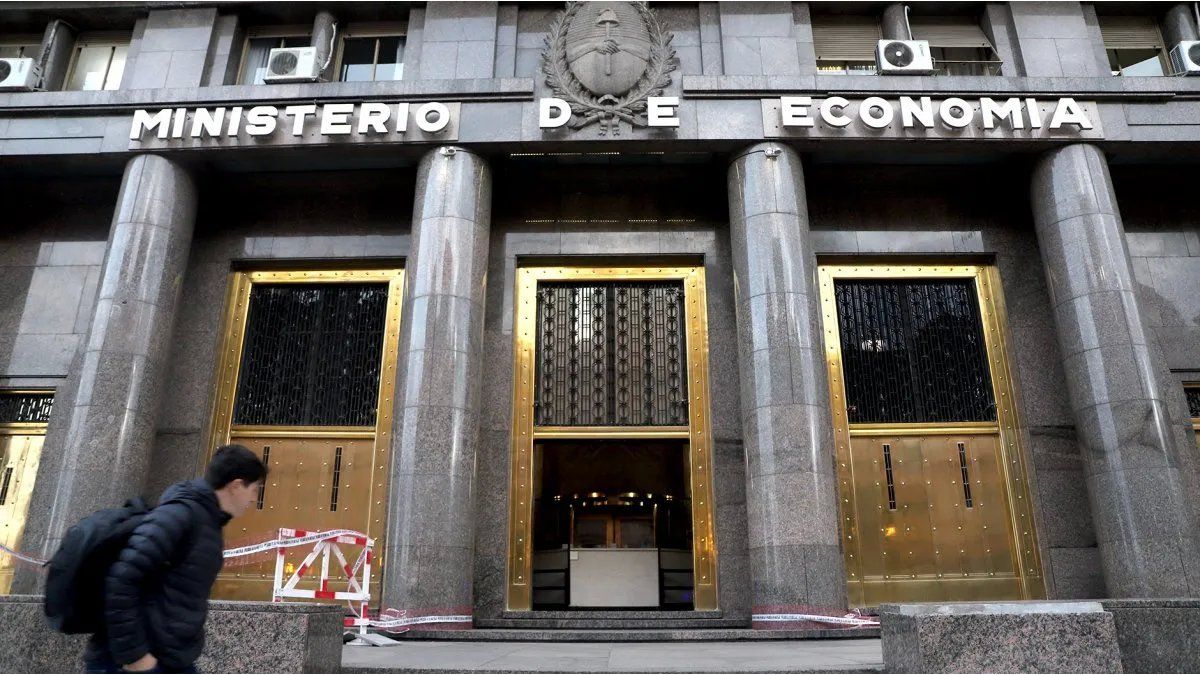The Russian war of aggression has caused electricity and gas prices to rise sharply. The situation on the energy markets has eased somewhat in recent weeks. This also has consequences for household customers.
Energy market experts continue to see signs of a slight relaxation in electricity and gas prices, especially for new customers. “We expect that the prices for new customers will continue to fall in the coming weeks,” said Energy Managing Director Steffen Suttner from the comparison portal Check24 of the German Press Agency on Thursday. However, the development remains dependent on global political events and the filling levels of the gas storage facilities. A prognosis is difficult.
The comparison portal Verivox comes to a similar assessment: “Should no unforeseen crises occur, the average electricity prices for new customers should remain favorable in the coming months,” said Verivox spokesman Lundquist Neubauer. The average price for new customers is currently 36.1 cents per kilowatt hour of electricity and 11.3 cents per kilowatt hour of gas, well below the price caps of 40 cents (electricity) and 12 cents (gas).
The energy market expert Mirko Schlossarczyk from the consulting firm Enervis refers to the developments in wholesale. “For the wholesale price of electricity, we are currently seeing a slight price decline for the coming months.” As reasons he cites a seasonally decreasing demand for electricity, a predicted lower gas power generation with constant gas prices and an expected increase in solar power feed-in. In addition, the situation at the French nuclear power plants is currently relaxed, so that there is no threat of bottlenecks in the foreseeable future.
Stable conditions also with the gas
Schlossarczyk also sees stable conditions in wholesale gas prices: “The winter should be over, the need for heating is falling, the gas storage tanks are well stocked and the risk of a gas shortage has been averted for the time being.” The supply situation with liquefied natural gas in Europe is also currently quite good due to the expansion of supply in the USA and a still restrained gas demand in Asia.
The expert therefore considers a fall or at least a firming of end customer prices to be possible. “New customer contracts in particular seem interesting, since the recent price declines in electricity and gas are generally more clearly reflected in new contracts.”
Something is also happening with the basic supply tariffs – but in both directions: “For March and April we currently have 35 price reductions by an average of 16 percent from local basic electricity suppliers,” explained Verivox. In the same period, however, there were also 26 price increases averaging 48 percent. “For gas, we currently have 48 price reductions by an average of 21 percent,” reported Verivox. In the same period there were 5 price increases averaging 34 percent.
“Although the first basic suppliers will lower their prices in the coming months, this development is not yet widespread,” says Lundquist. He explains the different price developments as follows: “Many existing and basic suppliers are only now passing on the high costs of the energy crisis to their customers. New customer tariffs, on the other hand, are often calculated on a short-term basis on the basis of current market prices.”
Also cheap alternatives to the basic supply
Households that are supplied with basic services in particular could save. “This was often the cheapest alternative last year, but now there are much better offers again.” In this context, Verivox pointed out that the local basic service tariff could be terminated with a notice period of two weeks.
Figures from the Federal Statistical Office on Thursday showed how much energy has become more expensive across the board in a year-on-year comparison. In January, gas importers paid 24.3 percent more than a year earlier, and petroleum products were 14.6 percent more expensive. The price of importing electricity increased by 45.7 percent.
Household energy rose in January by a total of 36.5 percent, as the Wiesbaden authority reported on Wednesday. For example, consumers had to pay 51.7 percent more for natural gas than in January 2022. Light heating oil rose by 30.6 percent. Electricity cost 25.7 percent more, despite the electricity price brake and the elimination of the EEG surcharge.
However, there were signs of relaxation at the petrol stations. Gasoline and diesel recently cost about as much as they did shortly before Russia attacked Ukraine, as the Wiesbaden authorities reported with a view to data from mid-February.
Source: Stern




